Mastering GDPR, CCPA, and More – CISO Compliance Guide
Data privacy has become a defining issue in today’s digital-first world, making a comprehensive CISO Compliance Guide essential for organizations of every size and sector. The introduction of landmark regulations such as the General Data Protection Regulation (GDPR) in Europe and the California Consumer Privacy Act (CCPA) in the United States has fundamentally changed how […] The post Mastering GDPR, CCPA, and More – CISO Compliance Guide appeared first on Cyber Security News.

Data privacy has become a defining issue in today’s digital-first world, making a comprehensive CISO Compliance Guide essential for organizations of every size and sector.
The introduction of landmark regulations such as the General Data Protection Regulation (GDPR) in Europe and the California Consumer Privacy Act (CCPA) in the United States has fundamentally changed how companies approach data governance, risk management, and customer trust.
For Chief Information Security Officers (CISOs), these regulations are not just legal checkboxes but strategic imperatives that demand ongoing vigilance, cross-functional leadership, and a proactive mindset.
Non-compliance can result in severe financial penalties, operational disruptions, and long-term reputational harm. Yet, when approached thoughtfully, compliance can also be a powerful differentiator, demonstrating a commitment to transparency and ethical stewardship.
This article explores the essential strategies and practical steps CISOs can take to master GDPR, CCPA, and emerging global privacy laws. By building a resilient compliance posture, they can support business growth and customer confidence.
Navigating the Regulatory Maze
The regulatory landscape is more complex than ever, with GDPR and CCPA setting the pace for data privacy worldwide.
GDPR, which applies to all organizations handling the data of EU residents, is renowned for its strict consent requirements, broad definitions of personal data, and “privacy by design” mandate.
While sharing some similarities, the CCPA explicitly addresses the rights of California residents, including the right to know, delete, and opt out of the sale of personal information.
The differences between these laws, such as breach notification timelines, the scope of covered data, and enforcement mechanisms, mean that a one-size-fits-all approach is insufficient.
CISOs must also be mindful of sector-specific regulations, such as HIPAA for healthcare or GLBA for financial services, and new entrants like Brazil’s LGPD or Canada’s PIPEDA.
The challenge is harmonizing these overlapping and sometimes conflicting requirements into a unified compliance strategy.
This involves mapping data flows across jurisdictions, understanding the nuances of each law, and ensuring that privacy is embedded into every business process.
By adopting a risk-based approach, CISOs can prioritize resources, reduce duplication of effort, and create a scalable foundation that adapts as new regulations emerge.
Building a Resilient Compliance Framework
Establishing a sustainable compliance program requires more than policies on paper; it demands operational excellence and continuous organizational improvement. The following pillars are essential for CISOs seeking to build a resilient framework:
- Comprehensive Data Mapping and Risk Assessment – Begin with a thorough inventory of all personal data collected, processed, and stored across cloud, on-premises, and third-party environments. Regular risk assessments help identify vulnerabilities, high-risk processing activities, and vendor contracts or data flow gaps.
- Robust Data Security Controls – Implement technical safeguards such as encryption (AES-256 for data at rest, TLS 1.3 for data in transit), pseudonymization, and strong access controls. These measures satisfy GDPR’s and CCPA’s security requirements and mitigate the impact of potential breaches.
- Clear Data Retention and Deletion Policies – Define and automate data retention schedules in line with regulatory requirements. GDPR’s storage limitation principle and CCPA’s right to deletion demand that data is not kept longer than necessary, reducing exposure and operational risk.
- Effective Data Subject Request Management – Establish streamlined processes for handling Data Subject Access Requests (DSARs), including mechanisms for identity verification, request tracking, and timely response (30 days under CCPA, up to 60 days under GDPR). Cross-departmental collaboration between legal, IT, and customer service is crucial for efficiency and accuracy.
- Incident Response and Breach Notification Preparedness – Develop and regularly test incident response plans that address technical containment and regulatory reporting. GDPR requires notification within 72 hours of discovery, while CCPA mandates prompt disclosure if unencrypted data is compromised. Tabletop exercises and clear escalation paths ensure teams are ready to act swiftly.
When integrated into daily operations, these pillars transform compliance from a reactive burden into a culture of accountability and continuous improvement.
Regular training, automated compliance monitoring, and executive engagement are all critical enablers of this transformation.
Future-Proofing Compliance in a Dynamic Landscape
As the data privacy landscape evolves, CISOs must look beyond current regulations and anticipate emerging risks and requirements.
The rise of artificial intelligence (AI), machine learning, and biometric data introduces new privacy challenges, from algorithmic transparency to protecting sensitive identifiers.
Forward-thinking CISOs are already engaging with industry groups and regulatory bodies to stay ahead of the curve, investing in adaptive technologies and governance models that can adapt to change.
Two key priorities characterize a future-proof compliance program:
- Adoption of Advanced Privacy Technologies – AI-driven consent management platforms and automated data discovery solutions enable organizations to dynamically update privacy preferences, respond to DSARs at scale, and maintain visibility across complex data ecosystems.
- Embedding Privacy into Corporate Culture and Strategy – Privacy must be championed at the board level, with regular updates on regulatory developments, risk metrics, and the business value of compliance. Ongoing staff training, clear accountability structures, and transparent communication with customers all reinforce a culture where privacy is everyone’s responsibility.
CISOs should view compliance in this dynamic environment as an ongoing journey rather than a destination.
By continuously assessing regulatory changes, updating policies and controls, and fostering a culture of privacy, organizations can avoid costly penalties and build lasting trust with customers and partners.
Mastering GDPR, CCPA, and future regulations is more than checking boxes; it’s about demonstrating leadership, resilience, and a commitment to ethical data stewardship in an ever-changing world.
Find this News Interesting! Follow us on Google News, LinkedIn, & X to Get Instant Updates!
The post Mastering GDPR, CCPA, and More – CISO Compliance Guide appeared first on Cyber Security News.


















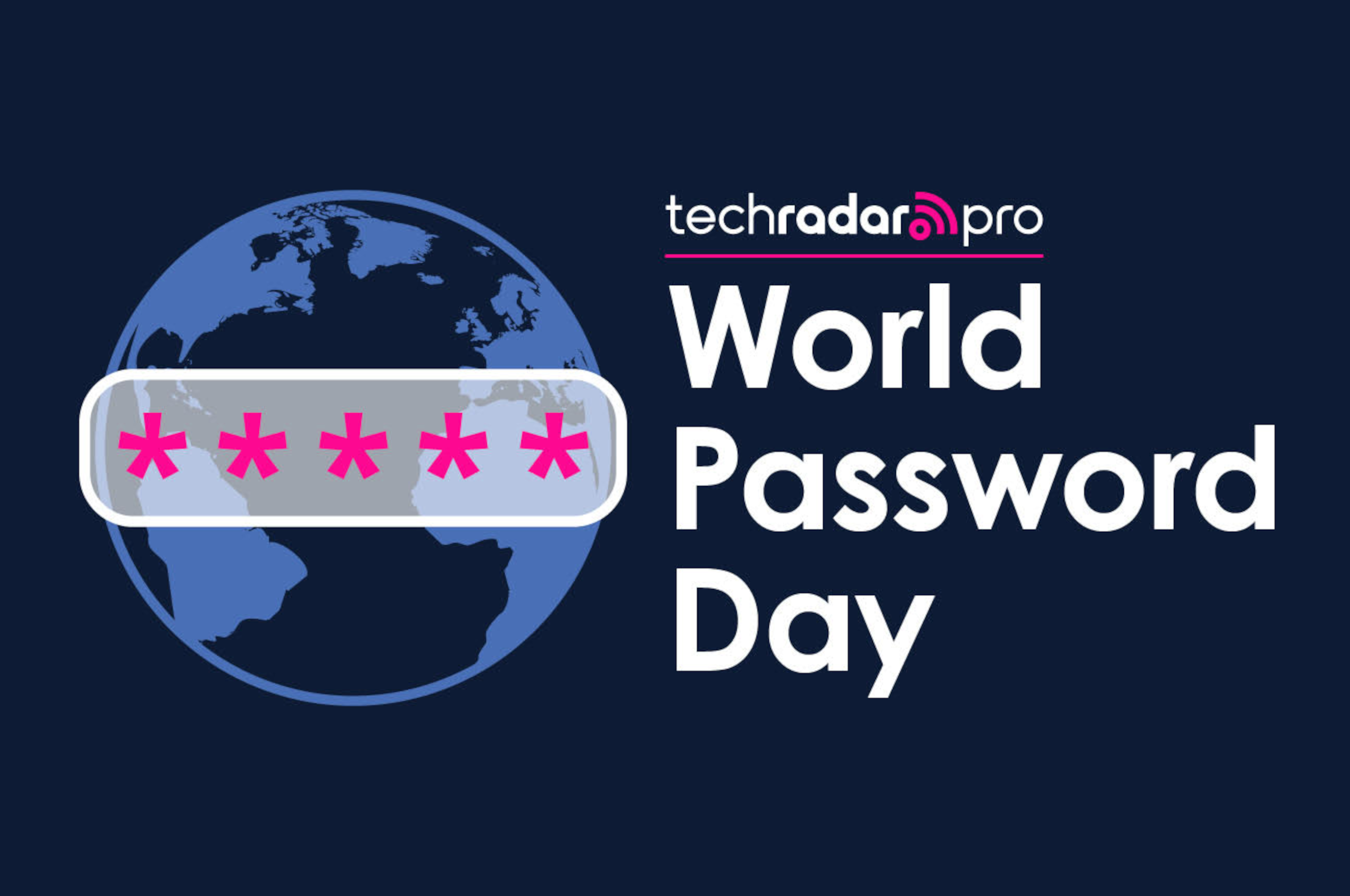


















































































































































![[The AI Show Episode 145]: OpenAI Releases o3 and o4-mini, AI Is Causing “Quiet Layoffs,” Executive Order on Youth AI Education & GPT-4o’s Controversial Update](https://www.marketingaiinstitute.com/hubfs/ep%20145%20cover.png)














































































































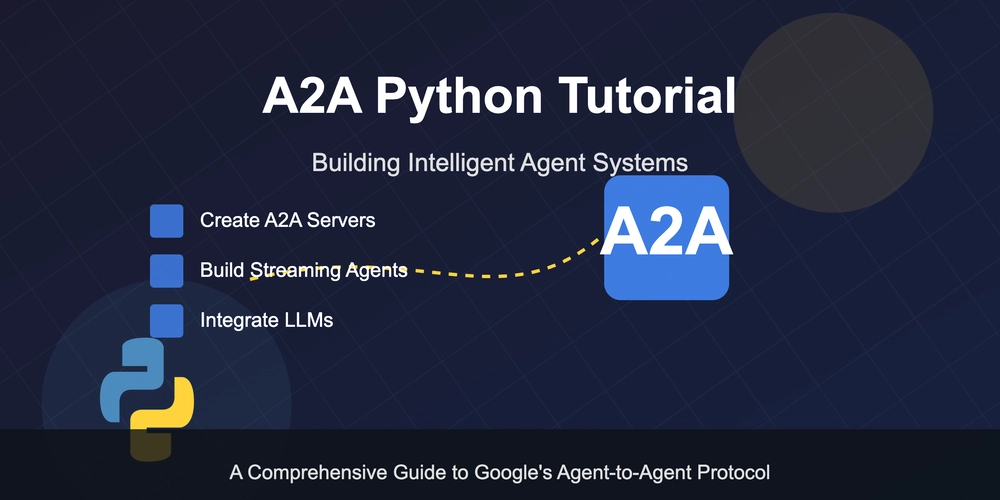

































































.jpg?#)




























































































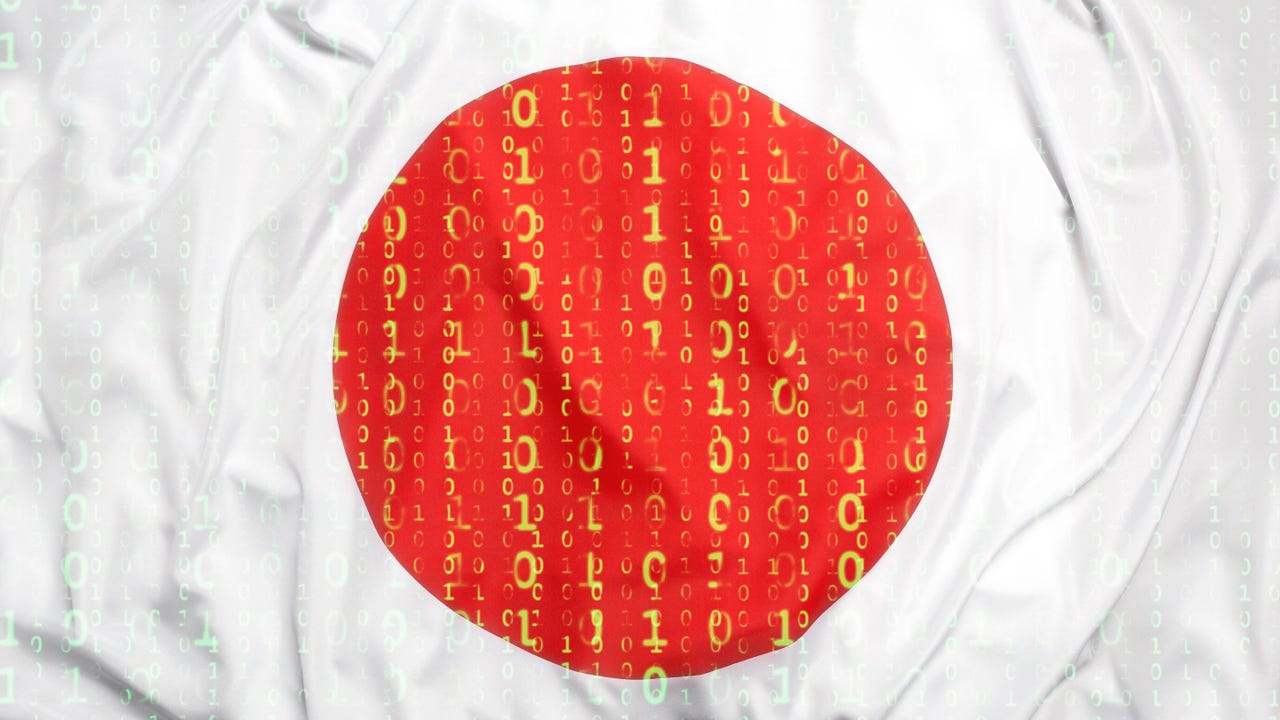





.webp?#)







































































































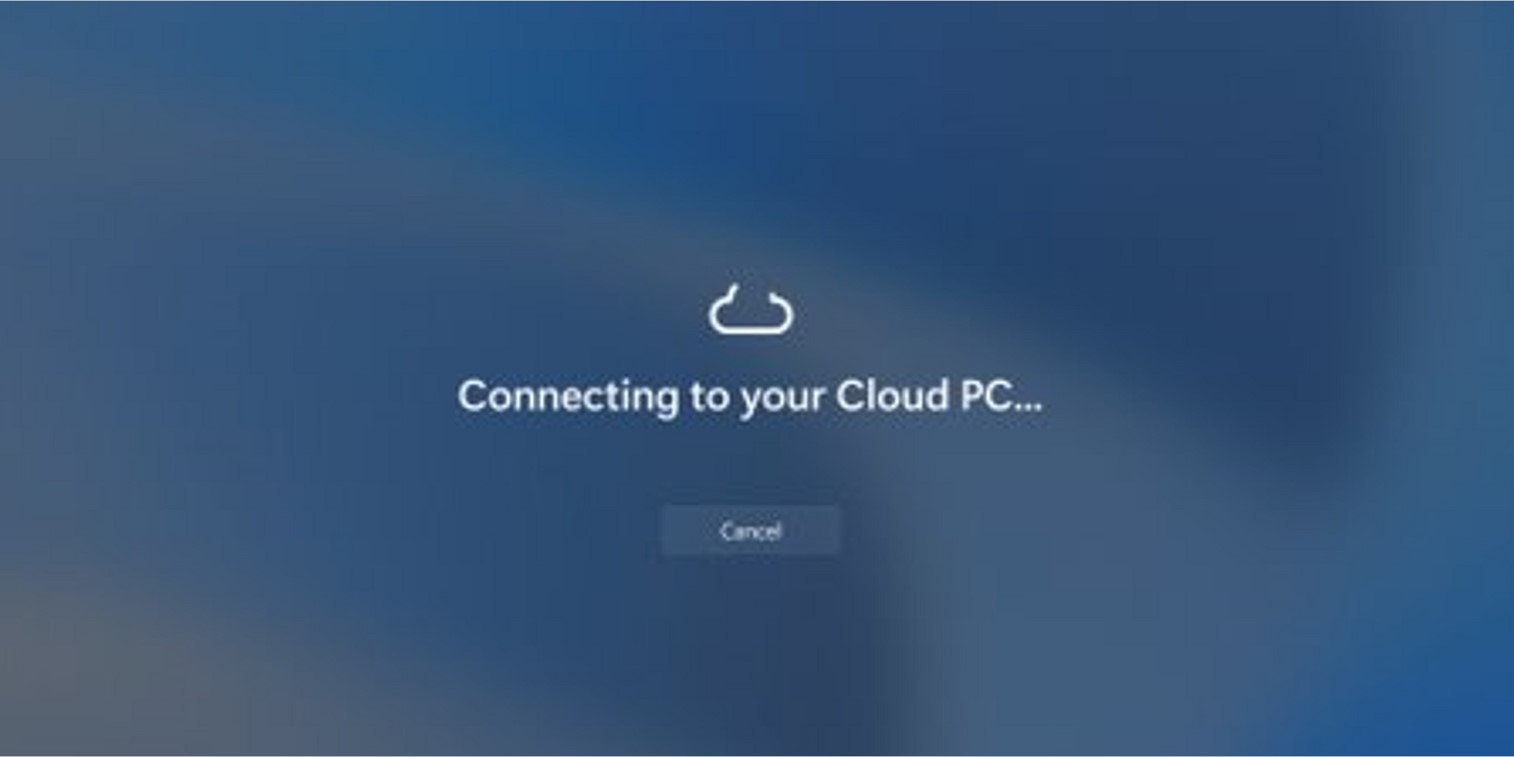





![Apple Reports Q2 FY25 Earnings: $95.4 Billion in Revenue, $24.8 Billion in Net Income [Chart]](https://www.iclarified.com/images/news/97188/97188/97188-640.jpg)















































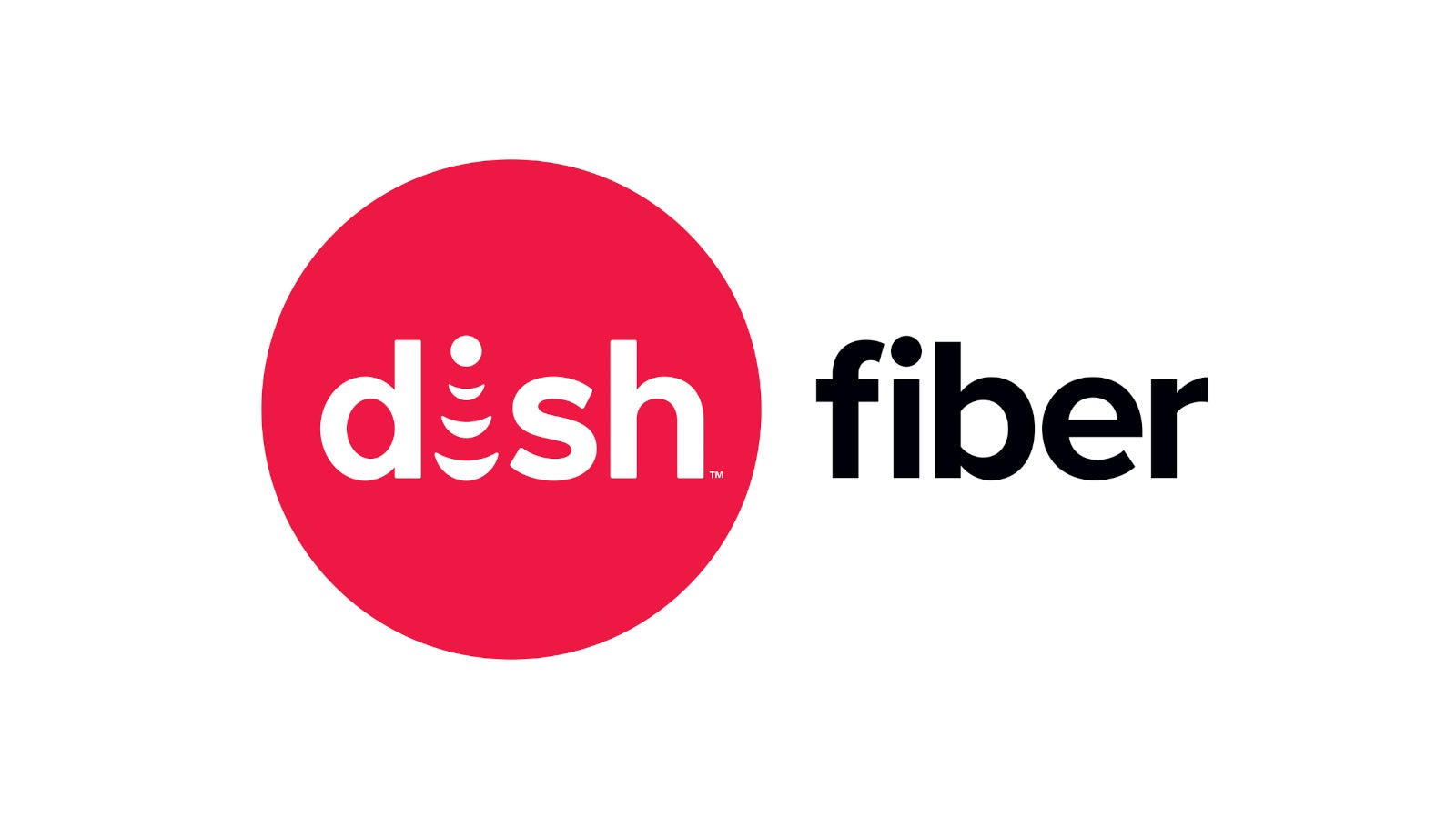
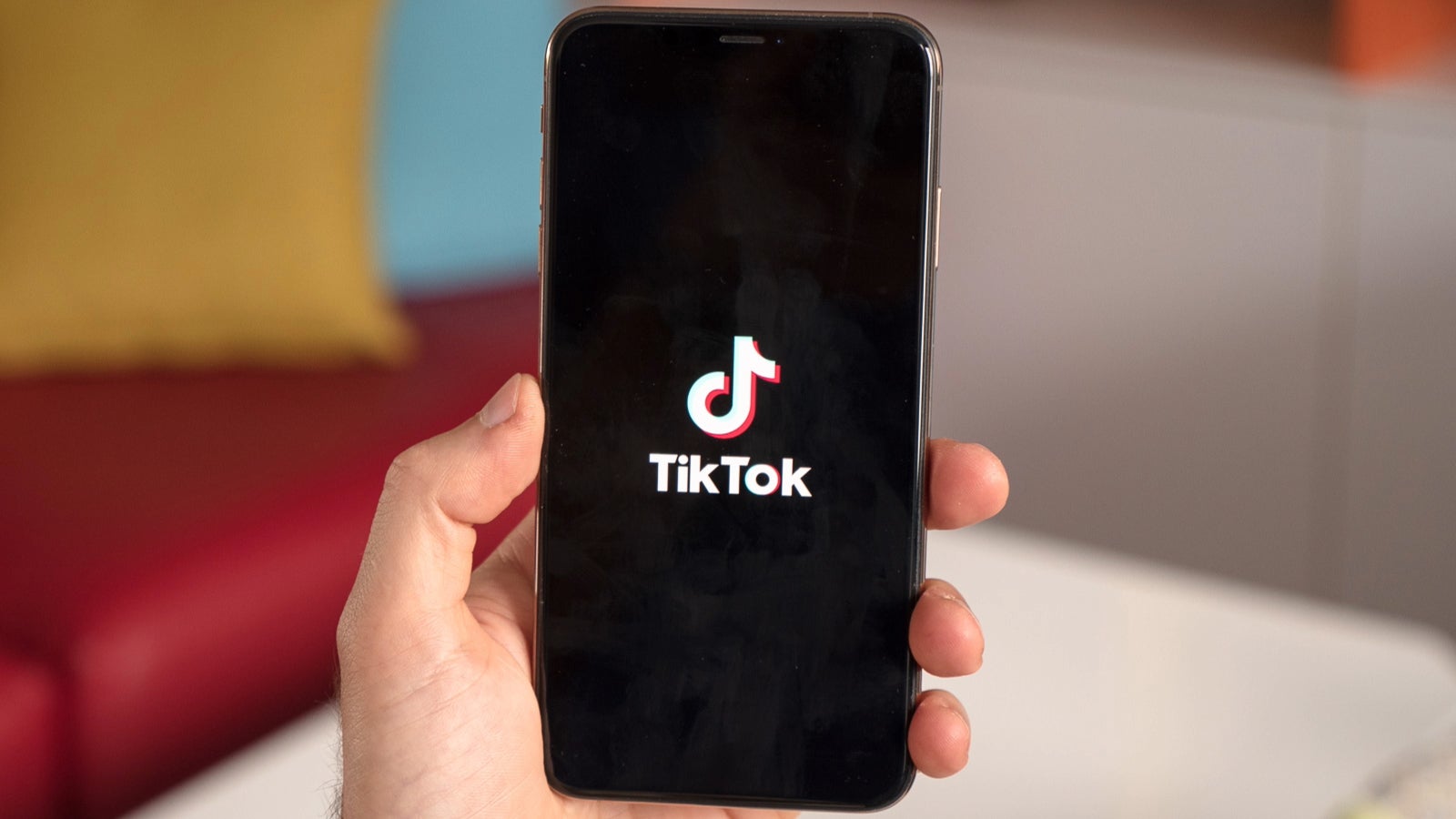
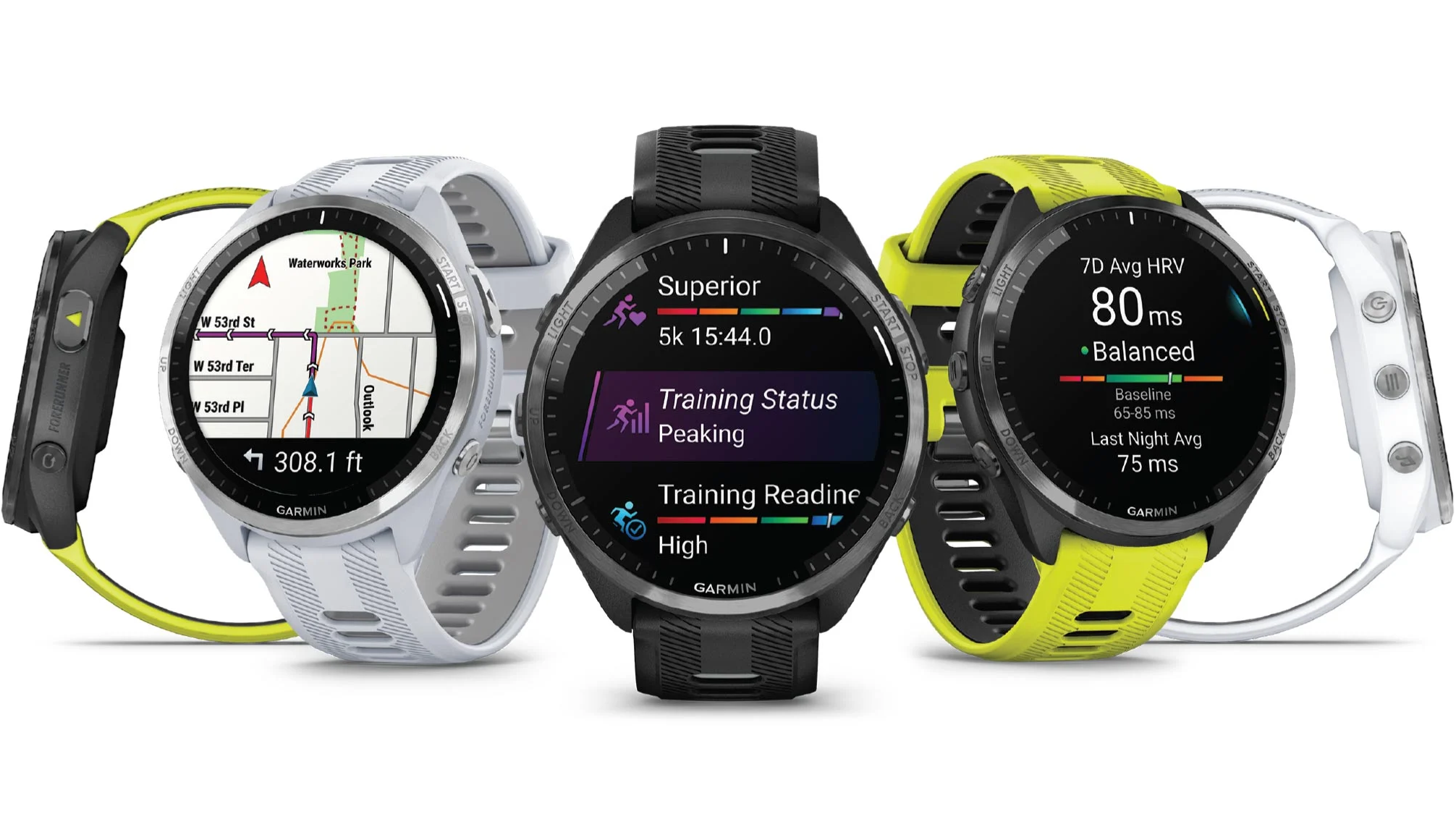


















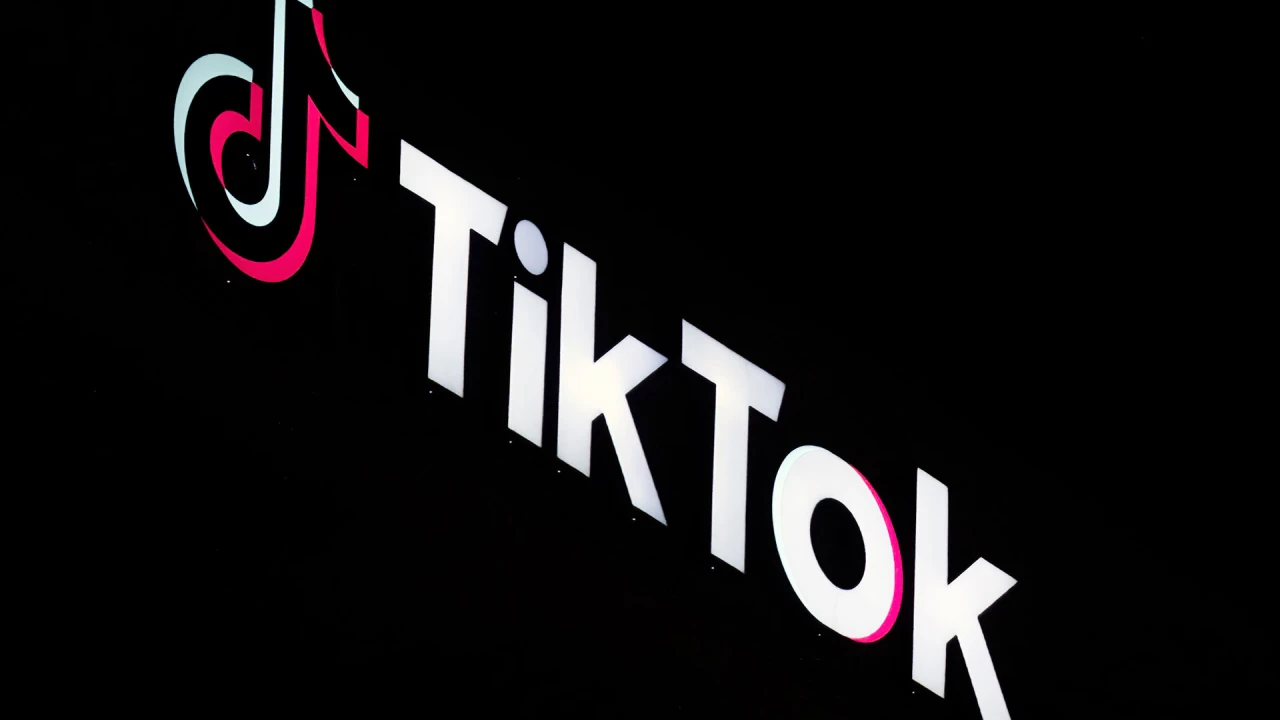






























.webp?#)
